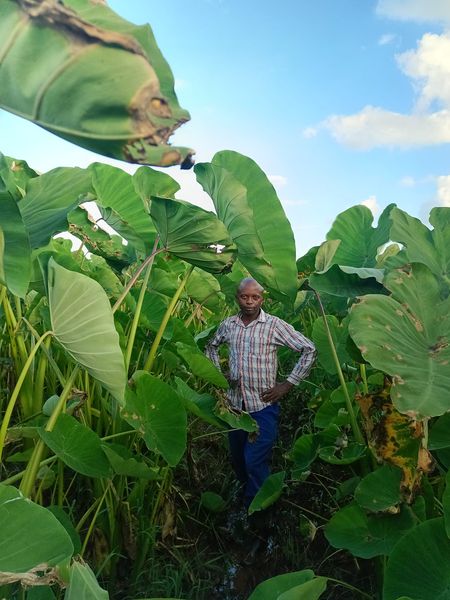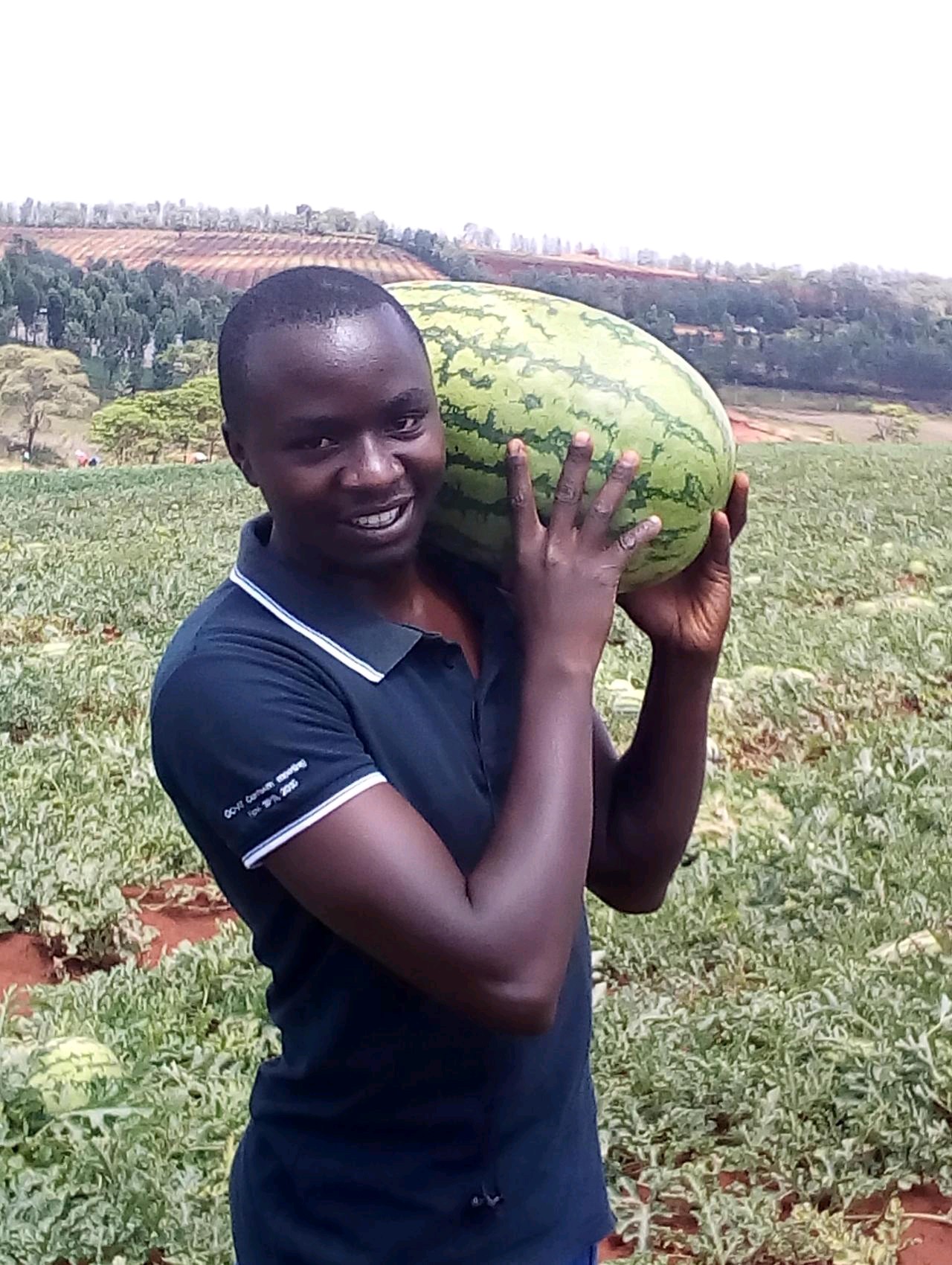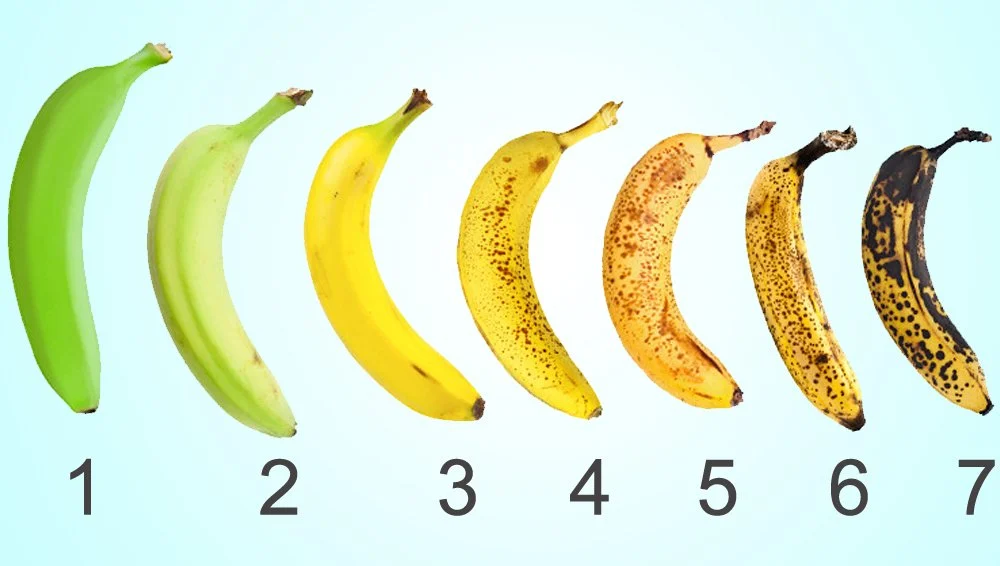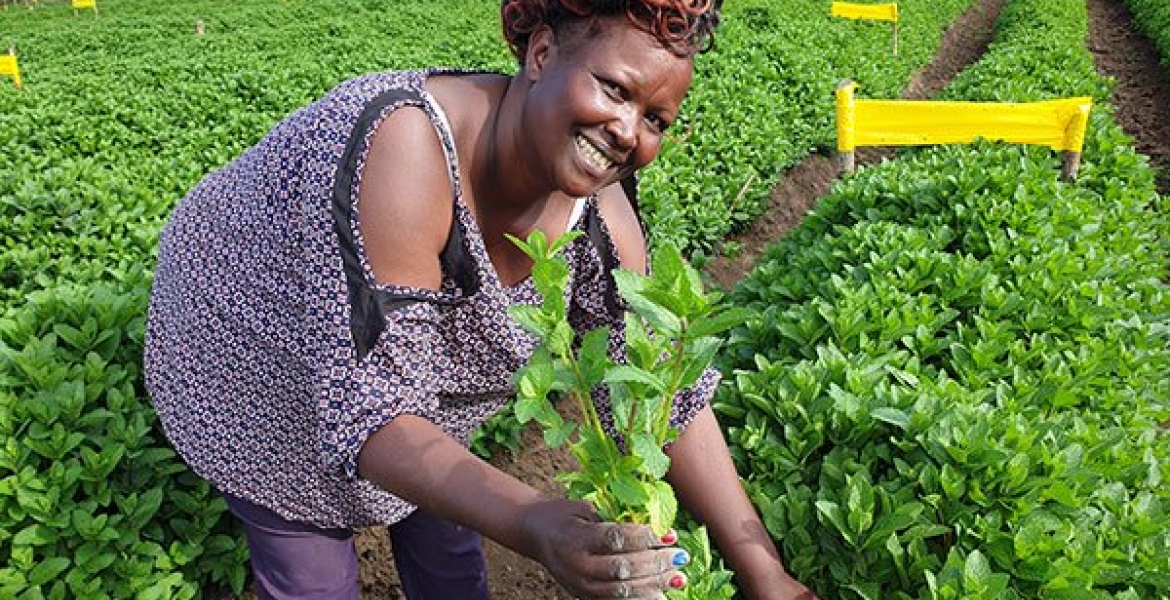ARROW ROOT FARMING BASICS
Arrowroot farming involves cultivating a tropical plant called arrowroot (Maranta arundinacea) for its starchy tubers, which are used to produce arrowroot flour, a gluten-free thickening agent and ingredient in various culinary and industrial applications. Arrow root farming is gaining popularity in Kenya because of its high demand and nutritional value. In Kenya, arrowroot farming is practiced in the Nyando and Ahero Muhoroni parts of Kisumu. This is because arrowroots are water crops and they do very well where there is plenty of water.
However, there are some arrowroot varieties (Nduma) that do not require a lot of water. An example of this variety is the Burundi variety, a hybrid tuber that can grow in areas with limited water supply.
Arrowroot tubers have grown in popularity over the last several years because of their health benefits. For example, arrowroot leaves are rich in vitamin B6 and C, fiber, iron, zinc, and phosphorus.
SOIL REQUIREMENTS
Arrowroot thrives in loose, well-drained soils with a slightly acidic to neutral pH, ideally ranging from 5.5 to 7.0. Sandy loam or loamy soils are preferable, as they provide good aeration and drainage for the rhizomes, while heavy clay soils should be avoided due to their tendency to become waterlogged. Fertile soils rich in organic matter support healthy growth, so incorporating compost or well-rotted manure before planting can improve soil structure and fertility. Proper drainage is essential to prevent waterlogging, which can lead to root rot; therefore, planting in
well-drained areas or implementing raised beds can help. While arrowroot requires consistent moisture, waterlogged conditions should be avoided.
PREPARING THE WATERBED
To plant arrowroots, you must make holes with 9 by 9 inches spacing. The gap should have 150 ml of organic fertilizer to increase the productivity of the farm. If you are planting on 1/4 of an acre, you can prepare up to 10 moisture beds, with each bed holding around 220 arrow-root corms. The Farmer has to water the bed at least once every week for optimal yield. If the beds have been planted during the dry season, we advise you to mulch the beds to
prevent evaporation. Mulching also helps control weeds making your work much more manageable.
LAND PREPARATION
Land preparation for arrowroot cultivation involves several key steps to create optimal growing conditions for the crop. Initially, the land should be cleared of any existing vegetation and debris to provide a clean planting area. Following this, the soil should be thoroughly tilled to break up clumps and create a fine seedbed, ensuring proper seed-to-soil contact for optimal germination. Incorporating organic matter such as compost or well-rotted manure into the soil can improve soil structure, fertility, and moisture retention. Additionally, any necessary adjustments
to soil pH should be made based on soil test recommendations to ensure it falls within the optimal range for arrowroot growth. Depending on the soil type and drainage characteristics of the site, measures such as implementing raised beds or ridges may be beneficial to improve drainage and prevent waterlogging.
IRRIGATION AND FERTILIZATION
Arrowroot plants require consistent moisture throughout the growing season, especially during periods of dry weather. Therefore, a reliable irrigation system should be established to provide regular watering, keeping the soil evenly moist but not waterlogged. Proper fertilization is necessary to supply essential nutrients
for healthy plant growth. Soil testing should be conducted to assess nutrient levels and pH, guiding the application of fertilizers to correct any deficiencies. Balanced fertilizers containing nitrogen, phosphorus, and potassium can be applied during planting and throughout the growing season according to the crops nutrient requirements. Organic fertilizers, such as compost or manure, can also be incorporated into the soil to improve soil fertility and provide slow-release nutrients.
HARVESTING ARROWROOTS
Arrowroot tubers are ready for harvesting approximately 10 to 12 months after planting, once the foliage starts to yellow and wilt. If you harvest the roots after the 11th month, you will most likely get higher yields than those who harvest after eight months of planting. In addition, tubers harvested after the 11th month have 25% more starch content when compared to those harvested in the 8th month of planting. The best way to know if your farm is ready for harvesting is to look at the color of the leaves. Harvest when most of the leaves turn yellow and have shrunken.
Tubers have several uses, the most common being a source of natural carbohydrates. They also produce superior starch that bakers use to make biscuits, pudding, and cakes. The tubers can also be boiled or roasted and used as a bread substitute in the morning.





